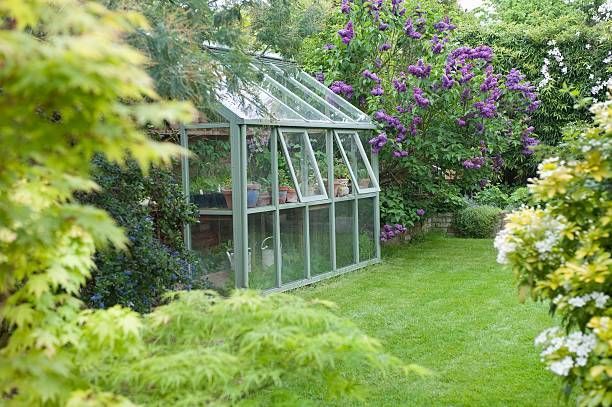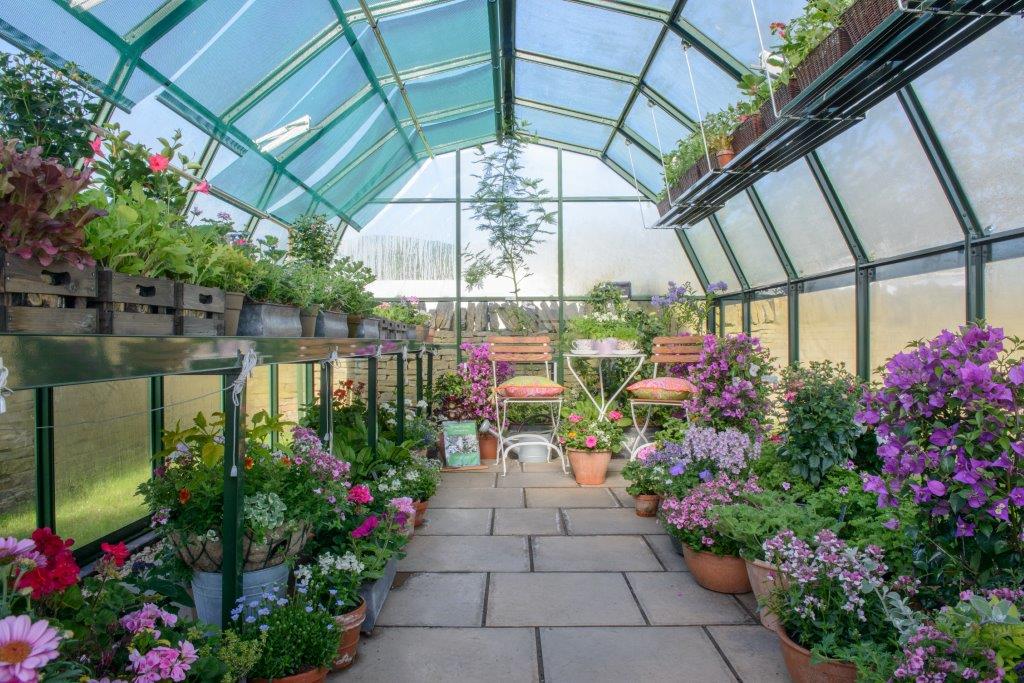Monarch Greenhouse Utah: Elevating Expanding Rooms with Accuracy Construction
Wiki Article
The Future of Greenhouses: Advancements in Sustainable Agriculture
Are you curious concerning the future of greenhouses and just how they are changing lasting farming? From advanced environment control systems to upright farming methods, water-efficient watering approaches, eco-friendly power assimilation, and clever information analytics, these developments are changing the way we grow our food.Advanced Climate Control Equipment
To attain ideal expanding problems, you can rely upon the developments in greenhouses with innovative environment control systems. These systems have actually changed the way we cultivate crops, offering a controlled environment that is conducive to plant growth. With these ingenious systems, you can currently adjust temperature level, moisture, light degrees, and also CO2 focus to create the ideal problems for your plants to flourish.One of the key attributes of these sophisticated environment control systems is their capacity to regulate temperature. By making use of sensing units and automated controls, the greenhouse can readjust the temperature level based on the particular demands of the plants. This makes sure that they are never revealed to extreme heat or chilly, which can be detrimental to their growth.
Humidity control is one more vital aspect of these systems. By keeping the perfect moisture levels, you can protect against issues such as mold and mildew, mold, and disease from affecting your crops. These systems can likewise control the quantity of light that reaches the plants, guaranteeing that they get the ideal amount for photosynthesis.
In addition, progressed environment control systems can also control CO2 focus. By enhancing the degrees of carbon dioxide in the greenhouse, you can enhance plant development and performance. This is particularly helpful in areas with reduced natural carbon dioxide levels.
Upright Farming Methods
One vital vertical farming method is making use of stacked expanding systems. Monarch Commercial Greenhouse Utah. These systems entail setting up plants in several layers, vertically piled on top of each various other. By using vertical room, farmers can optimize their plant return without requiring extra land. Piled expanding systems are typically made use of in urban locations where room is restricted.One popular technique is recognized as upright hydroponics, where plants are expanded in nutrient-rich water without dirt. This technique is highly effective as it minimizes water use by approximately 90% contrasted to traditional farming methods. Additionally, because the plants are grown inside your home, they are secured from conditions and parasites, reducing the need for pesticides.
Another strategy is aeroponics, which involves suspending the plant roots in a mist or air environment. This method allows for optimal nutrient absorption and oxygenation, resulting in faster growth and greater returns. Aeroponics additionally utilizes much less water than typical farming and can be carried out in upright systems, making it a popular choice for upright farming.
Water-efficient Watering Approaches
Optimizing water preservation is essential when it comes to applying water-efficient watering approaches in sustainable farming. With global water deficiency coming to be a pressing problem, it is crucial to establish ingenious techniques that maximize water usage in greenhouse procedures.One appealing method is drip watering, which provides water directly to the plant origins, lessening waste and evaporation. By making use of a network of tubes with navigate to these guys little emitters, water is applied gradually and precisely, making certain that plants get the essential wetness without excess runoff.
One more effective method is making use of soil wetness sensing units. These gadgets gauge the wetness web content in the soil and provide real-time information to farmers. By keeping an eye on the soil's wetness levels, farmers can precisely establish when and exactly how much water to use, avoiding over-irrigation.
Moreover, the application of rainwater harvesting systems is obtaining appeal in greenhouse agriculture. Accumulating rain from rooftops and saving it in storage tanks allows farmers to use this all-natural source for irrigation purposes, minimizing reliance on typical water resources.
Last but not least, the fostering of automated irrigation systems can dramatically enhance water performance. These systems utilize sensors to spot dirt wetness degrees and weather condition conditions, changing irrigation routines accordingly. By maximizing water usage based upon real plant demands, these systems can reduce water waste and advertise sustainable farming techniques.
Renewable Energy Assimilation
Sustainable power integration in greenhouses provides numerous advantages, consisting of lowered operating costs and decreased reliance on non-renewable power sources. The generated power can then be utilized to run various operations within the greenhouse, such as home heating, illumination, and air flow systems. These turbines harness wind power and convert it into power, which can be made use of to supplement the energy requirements of the greenhouse.Smart Information Analytics and Automation
To boost the effectiveness of your greenhouse procedures and maximize source utilization, consider implementing smart data analytics and automation. Smart data analytics involves accumulating and analyzing information from numerous sensing units and gadgets within your greenhouse.
Automation, on the other hand, involves making use of modern technology to lawn cutting service automate jobs that were previously done by hand. This can include automating the control of illumination, ventilation, watering systems, and nutrient delivery. By automating these processes, you can make certain that your plants obtain the appropriate problems and nutrients at the correct time, Website without the need for continuous hand-operated treatment. This not just saves you time and effort yet also decreases the risk of human error.
In addition, clever data analytics and automation can work together synergistically. The data collected by sensors can be used to educate automated systems, permitting them to make real-time changes based on the current conditions. This assimilation of data analytics and automation can bring about much more specific and effective source allowance, ultimately leading to greater yields and much better crop high quality.
Conclusion
In final thought, the future of greenhouses in sustainable agriculture looks encouraging. With innovative climate control systems, vertical farming techniques, water-efficient watering techniques, and sustainable energy integration, greenhouses are ending up being much more environmentally friendly and efficient.
By enhancing water usage based on real plant demands, these systems can reduce water waste and promote lasting farming techniques.

Report this wiki page